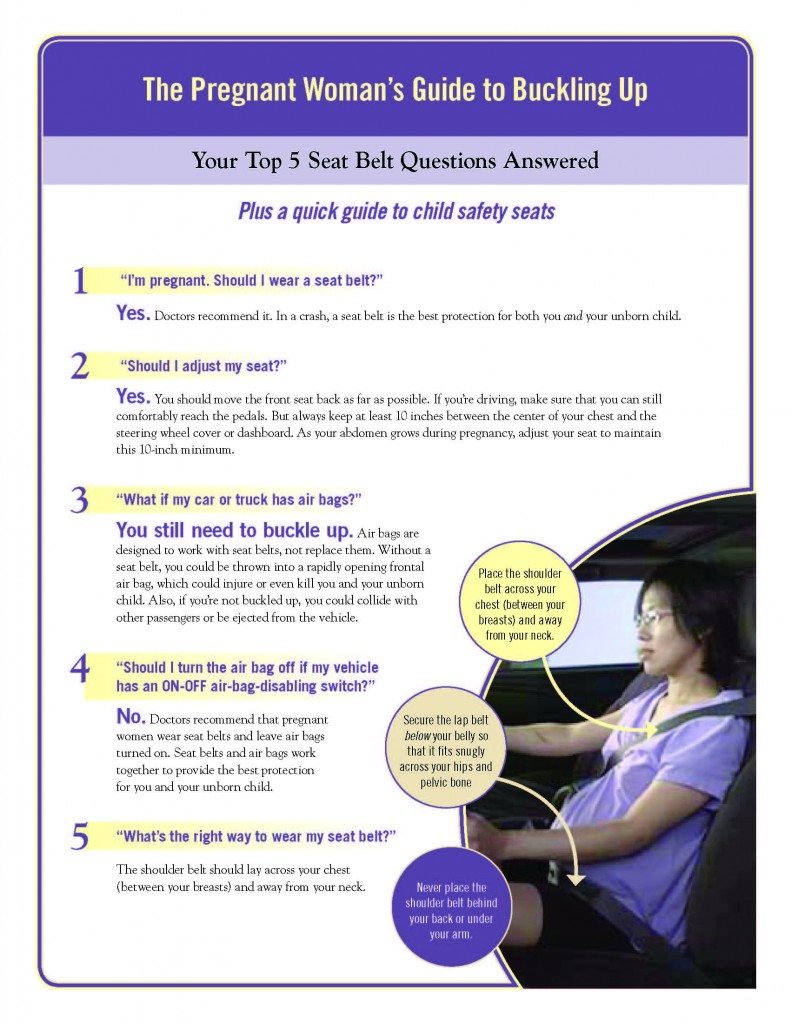Nothing can make a trip more of a bummer than ending up with a painful sunburn. But, if you’ve gone down the sunscreen aisle lately, you may be feeling a little lost. While everyone should wear sunscreen every day, it’s especially important when you’ll be spending summer days in the sun and getting in the water. Here’s what you need to know to avoid the burnt-tourist look and protect your skin:
What the Labels Mean
Broad Spectrum
No matter what, you want the label of your sunscreen to say “broad spectrum” – this means that it protects against both the aging UVA rays and the cancer-causing UVB.
Water Resistance
New FDA standards helpfully bar companies from using the terms “waterproof” and “sweatproof,” as that overstates the effectiveness of the products. Instead, now you want to look for labels that say “water resistant,” which will also say for how long the sunscreen is effective in water – most are 40 minutes, though sport sunscreens will often be 80 minutes.
SPF – More is better, right?
Not necessarily. Your best option is most likely SPF 30, which absorbs 97% of ultraviolet rays. In comparison, SPF 60 absorbs 98% – a minimal difference, and some argue that it is impossible to actually measure anything over SPF 50. Products that fall below SPF 14, often your tanning oils, only prevent sunburn and do not protect against cancer and skin aging.
 Sunscreen vs. Sunblock
Sunscreen vs. Sunblock
Most products that we buy are sunscreen – they absorb the UV radiation to reduce what reaches the skin. Sunblock physically blocks the sun from reaching your skin, either by absorbing the rays itself or by reflecting the light. If you have sensitive skin, a sunblock may be better for you since your skin will be absorbing fewer chemicals, although the product will often be a much thicker lotion and often has an opaque finish. The main ingredients to look for are Zinc Oxide or Titanium Dioxide. Try Neutrogena Sensitive Skin Sunscreen or CeraVe SPF 30 Sunscreen for Body (pictured).
How to Apply
- 15-30 minutes before you go into the sun
- Reapply at least every 2 hours
- If you’ve been swimming or sweating, reapply after 40 minutes (80 minutes for sport sunscreens)
- Reapply immediately after towel-drying
- If using a spray, choose a label that says “continuous spray,” not a pump; apply two coats; and reapply two coats every hour
- Don’t forget to cover your ears, the tops of your feet and the part in your hair
- Put sunscreen on before you get dressed – clothing only protects up to UPF 8 (UPF is SPF for clothes) and if your clothing gets wet, it drops to UPF 2
Yes, Even if it’s Cloudy
Up to 80% of the sun’s UV rays can pass through clouds, so even if it’s cloudy and cool, slather up the sunscreen. Also, you should know that sand reflects 17% of UV rays, so even if you’re sheltered under an umbrella on the beach, you’ll need to apply as well.
Do you have a favorite product we should know about? Let us know about it on Twitter or Facebook!











